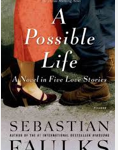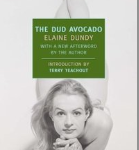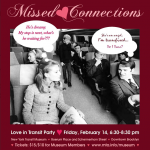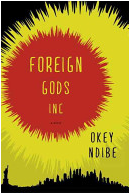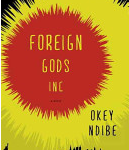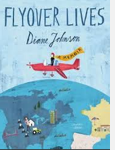 With “Flyover Lives” Diane Johnson, author of “Le Divorce” and many other books and articles, has added a distinctive memoir to her collection. Johnson has lived in London, Paris and California, so it comes as a surprise to learn that she grew up in Moline, Illinois, on the banks of the Mississippi a few hours west of Chicago. Her memoir was sparked by a comment made by a French friend, at a house party in the south of France. Americans are indifferent to history, her friend said, or, rather, sniffed. “That’s why Americans seem so naive and always invade the wrong countries.”
With “Flyover Lives” Diane Johnson, author of “Le Divorce” and many other books and articles, has added a distinctive memoir to her collection. Johnson has lived in London, Paris and California, so it comes as a surprise to learn that she grew up in Moline, Illinois, on the banks of the Mississippi a few hours west of Chicago. Her memoir was sparked by a comment made by a French friend, at a house party in the south of France. Americans are indifferent to history, her friend said, or, rather, sniffed. “That’s why Americans seem so naive and always invade the wrong countries.”
This is a little unfair, or so those of us who inhabit the coasts would like to think. But Johnson admits that her friend has a point, and goes back to research her own family history. She relates a few stories about her midwestern upbringing. Her father was the principal of the local high school, until he resigned and took up a job selling early audio-visual equipment. Johnson spent a lot of time reading as a child; endearingly, she describes her enchantment with stories of pirates and boys who ran away to sea. She went to a small women’s college in Missouri, and was married in the summer after her sophomore year. But before then Johnson had a brush with the wider world – she spent the summer of 1953 in New York as a guest editor at Mademoiselle magazine, the year Sylvia Plath was also a guest editor. (Is she immortalized in “The Bell Jar”? Johnson doesn’t let on whether she recognizes herself.)
Fortunately for Johnson’s thesis, her pioneer forebears left many letters describing their lives on isolation on the frontier. (The frontier kept moving west, and the family moved with it.) Babies were born in the cold winters of southern Canada, people were often ill, Indians raided, and many, many people died, mostly of illness. In one family three little girls, ages five, three and one died within the space of about two weeks, carried off by scarlet fever. Johnson also describes the work of women:
[T]his book could be about the happiness of women . . . happy despite their troubles–happy sewing, making quilts and jam, back in the day when such things were necessary and valued.
Johnson’s mother and aunts, in the days before TV, painted and canned and quilted. She says, “somewhat seditiously, for of course like any nice woman I am a feminist –I still prefer women’s tasks [to men’s] and think them both easier and more interesting.”
Johnson’s own career has been more modern. In addition to the novels she has written several biographies and, as she puts it, “one screenplay that actually came out as a movie, one novel that came out as a movie, and several screenplays that didn’t get made but were paid for” – a successful screenwriting career. Creating movies is a group effort in a way that writing novels is not, and Johnson clearly enjoyed the artistic partnerships. Her descriptions of researching Las Vegas with Mike Nichols and writing the script for “The Shining” with Stanley Kubrick are lively and among the warmest in this reflective and insightful book.
There are many thought-provoking stories related here, including moments of friendship and some acts of betrayal. One of my favorite chapters contains Johnson’s description of her decision to buy an extremely impractical and expensive yellow convertible – she was a single mother with four children, and the car was a two-seater. “Looking back, I can see it was a car of protest; I was protesting my life . . . What it symbolized to the police officers [who stopped her nearly every day] I can only imagine . . . perhaps they were infuriated by the scofflaw attitude implied by its outrageous deviation from common sense.” What’s yours? Let us know in the comments.
Have a book you want me to know about? Email me at asbowie@gmail.com. I also blog about metrics at asbowie.blogspot.com.


